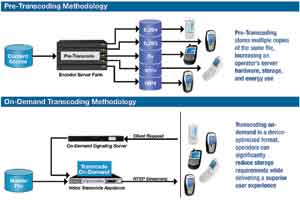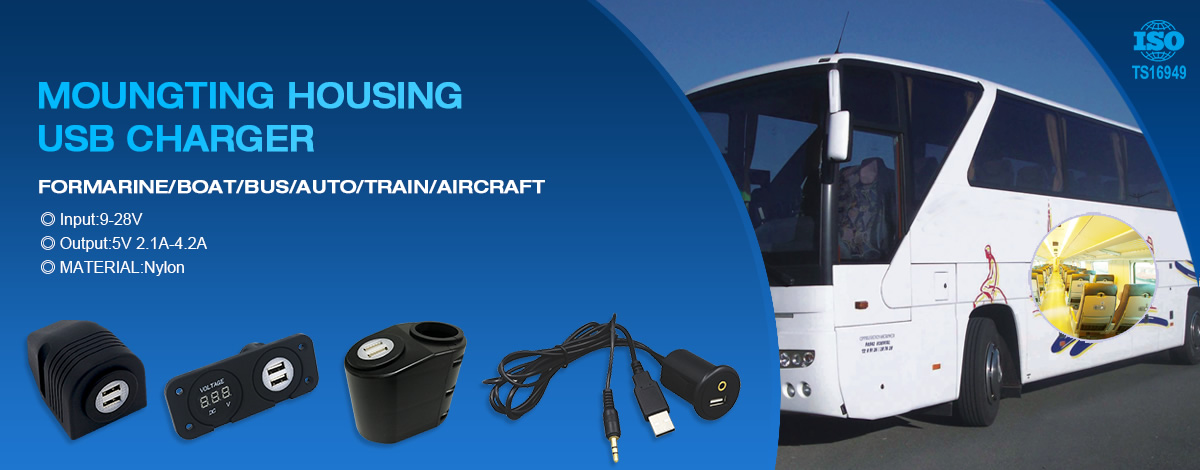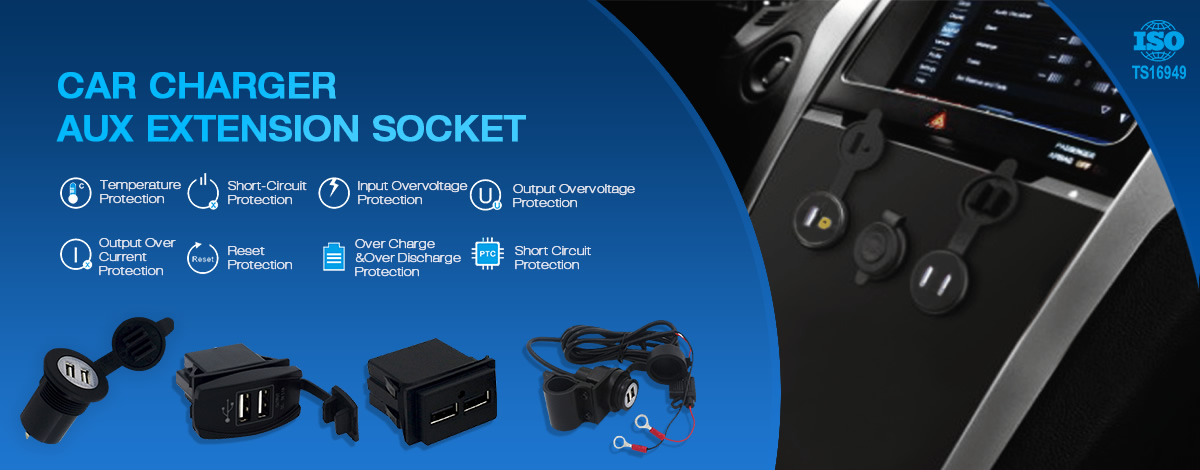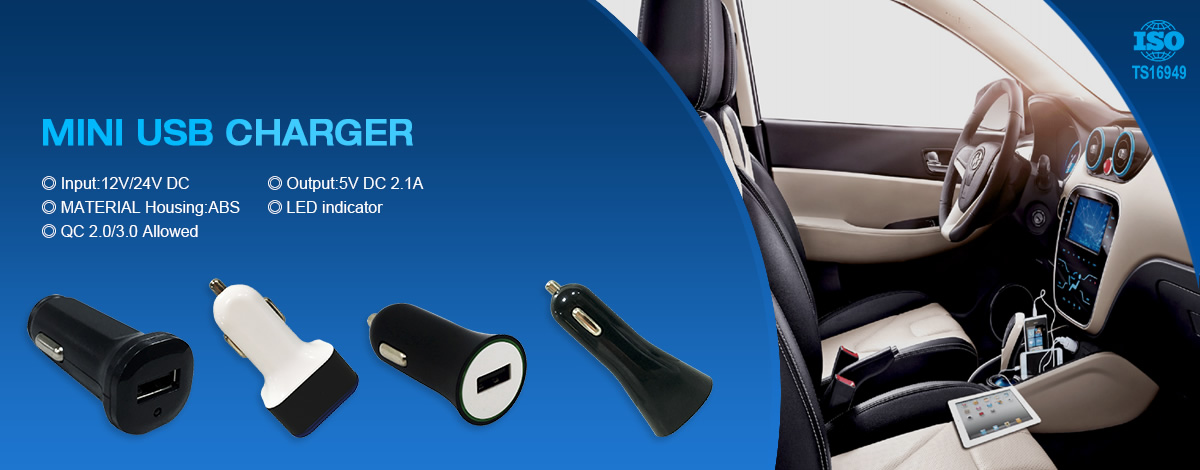The new method is the key to solving the common problem of video browsing The rapid development of video content has brought a lot of challenges and opportunities to consumers and content providers. In particular, the growth of the Internet and mobile video is bringing about huge changes in the production, transmission and use of video. For service providers, if they can use various channels (including mobile video, mobile radio, Internet video and IPTV) to provide cross-market content, they can bring them growing revenue. Conversion code change Conversion code is a digital to digital conversion from one format to another format, can enable digital media to be played back on various devices in different networks, different applications have different video formats, but the most commonly used The three types are as follows. The constantly developing conversion coding method The conversion coding process is very complicated, especially when it is necessary to consider various devices, networks and channels that must be supported. Therefore, the transcoding method has been developed to the next generation technology to support stable content inflow and growing file format. Traditional processing = pre-transcoding. Early conversion coding methods involve software-based solutions that can run on a general-purpose processor and can produce separate content in different target formats for TV viewers. This method is also known as pre-transcoding. This method only needs a small number of video libraries that support a limited number of feature files to solve the browsing problem. Figure 1 New method enables operators to reduce processing and storage requirements Meet growing needs through transcoding When dealing with today ’s explosive online and mobile video content, changing consumer, content provider, and network requirements require a robust and scalable transcoding solution to provide the entire content. The ideal solution can provide automatic workflow switching from on-demand file conversion encoding to real-time streaming media, so that real-time events can be prioritized simultaneously.
USB Charger Socket
The USB Charger Socket refers to a car charger that is conventionally powered by a car battery (car 12V, truck 24V), and is widely used in the charging of lithium batteries for various portable and hand held devices.
The characteristic of the USB Car Charger: Versatility, portability, fashion, safety
With the development of the automotive industry, USB Car Charger are widely used, showing the characteristics of versatility, portability, and fashion.
Versatility: This USB Charger is equipped with four AC adapters: American, British, Austrian and European. It is equipped with car charger, direct charge and
USB to meet the charging under different conditions. Dual USB An output interface that can charge multiple electronic products. And this product is also the world's first charger to charge the iPad, the iPad can be completed in about 4 hours, you can take the iPad to go for a ride.
Portability: Portability is a major trend in the development of today's electronic products. The unique folding car charger design condenses the product volume to 6.9 × 5.6 × 3.1cm, which is extremely convenient to carry around.
Fashion: For the high-end consumer groups of car owners, the fashion of car chargers is also valued by manufacturers. Generally used ABS material and piano paint process, not only stylish, but also very good.
Safety: This has passed the inspection of international safety performances such as CCC, UL, FCC, CE, etc., and has the guarantee of insurance company, which strongly guarantees the safety of use performance and consumer rights.
USB Charger Socket USB Charger Socket,USB Charger,Phone Charger,USB Car Charger YESWITCH ELECTRONICS CO., LTD. , https://www.yeswitches.com
IDC data shows that by 2011, consumers of mobile video and TV services should reach 25 million, and their annual income will exceed 1 billion US dollars. Research institutions analyzed various reasons for this increase in demand, such as better equipment, faster networks, increased consumer perception, price erosion and service packaging. In addition to the steady growth of video-enabled devices, the emergence of new content types and user-generated video (UGV) has also brought about a huge growth in on-demand access to all available content services, not just the most popular content.
The explosive growth of content also brings several insurmountable technical obstacles. For example, when more videos are provided every day, consumers expect to browse between three screens-the Internet, mobile phones and IPTV. However, how to deal with a large number of file formats, bit rates, screen sizes and resolutions, and various audio and video encodings, this poses a huge obstacle for content and service providers.
Fortunately, transcoding has become the key to easily and cost-effectively provide video content among various publishing platforms. The continuous maturity of the technology can maximize the promise of providing the required video to all consumers, and consumers can use it on any machine Browse the video.
â— Media format conversion coding involves converting content from one digital format to another. Various video portal companies and social sites, such as MySpace, have collected multiple UGV content formats, and then converted and encoded these content into a format, such as Adobe Flash for online browsing.
â— Lower resolution makes high-resolution content into lower-resolution content, such as the content of NBC and News used to broadcast and browse on standard resolution / high-resolution TV. This requires reducing the resolution in transcoding to browse on a small screen, such as browsing on a small screen on the hulu.com content portal.
â— Rate conversion changes the bit rate of the content to meet the needs of the network or device. For example, MobiTV is a mobile TV and wireless service provider that will receive live satellite signal input from different content partners and pass the content as a data stream to mobile phones such as AT & T or Sprint through the operator's network. The source content must be transcoded and rate converted to reach the bit rate supported by the mobile network.
Each conversion encoding is a separate process, which includes completely decoding / decompressing the source format into an unprocessed intermediate format, and then fully encoding / decompressing the intermediate format to the target format. Today, each device that supports video playback maintains one or more separate media feature files, which are described by a series of variables, including resolution and screen size, encoding, aspect ratio, description method, and network protocol. In fact, this implementation is too complicated, and browsing a single video requires more than 100 available formats on the market today.
A large number of algorithms are used to calculate the conversion encoding process. The calculation is very large. In most cases, the processing load is too high. Even the simplest conversion encoding needs to be performed on a multi-core processing platform. At the same time, the transcoding process is unbalanced, so when decoding does not require a lot of calculation, the encoding part takes up nearly 80% of the required processing cycle.
Another major business driver for transcoding is the need to compress digital media to a size that can be transmitted over bandwidth-constrained networks. With the development of mobile video, operators have invested heavily in building 3G networks to increase the available bandwidth of mobile clients. When more users need mobile video, operators must reduce the audio / video bit rate of the transmitted content to provide a high-quality mobile browsing experience.
With pre-transcoding, multiple copies of the same file can be stored, so content integrators and service providers can quickly respond to the demand for most popular content. Each time the content integrator needs to add support for new features, however, they must create and store new individual versions of each feature file. When the video library becomes very large, this process will cause a backlog effect, which requires additional servers and dedicated storage devices to meet the needs of the new encoding profile. For each integrator dealing with a large amount of new content, it is necessary to re-transform the entire library in order to make the new format library consistent with the existing library, which is very unrealistic.
Traditional transcoding solutions cannot keep up with the increasing content of the "long tail" every day. Chris Anderson uses this term in his work to describe this phenomenon, "Long tail: why business sales will decrease in the future", in the video market, when the "long tail" of infrequently viewed content exceeds the browsing of frequently accessed titles, it is called For the long tail.
As described in Figure 1, the emerging transcoding methods provide content on demand in a device-optimized format, thereby reducing processing and storage requirements. 
Next-generation processing = on-demand conversion coding In the next-generation system, DS video equipment can dynamically convert and encode video on demand without preprocessing the entire video library and storing multiple file formats. Because on-demand conversion coding only provides the required videos, there is no need to spend a lot of time creating and storing dozens of formats for each video. Content providers maintain a single master file for each type of content. When requested by the consumer, the system initiates a transcoding to provide the file in the required format in real time.
Professional transcoding equipment can process media into the most popular video / audio encoding and standard formats required by the digital video industry or convert the most popular video / audio encoding and standard formats required by the digital video industry to the required media format. Content that is frequently browsed can be cached and transmitted without requiring new conversion encoding for each request, which can further optimize the transmission. For repeated requests, a complex server can start transmitting multiple streams or download multiple streams, while also transcoding content.
When you need to browse, by converting the encoded video once, the operator can assign a value to the entire library, not just the most frequently viewed titles, so that the operator adds new revenue. With on-demand conversion coding, content providers can more easily create value from the long tail — and not just focus on the most popular content.
The next generation of transcoding is the key to solving the widespread problem of video browsing. By allowing content companies to easily and affordablely expand their video products, transcoding can keep these companies at a reasonable cost structure. At the same time, they can Deploy a flexible "future-proof" platform so that they can use the entire content library to obtain new revenue sources and consumers.


